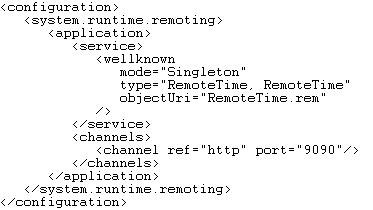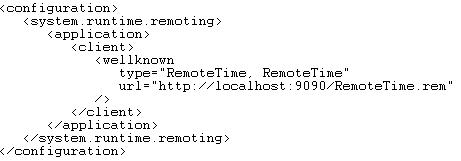Remoting Configurations in VB.Net
Configuration plays a vital role in providing essential information to the .NET Remoting Framework. When it comes to configuring .NET Remoting parameters, there are two approaches available. Firstly, we can directly provide the necessary information to both the Server and the Client through program coding. Alternatively, we can utilize a Machine.config file to centralize and manage the configuration settings.
Configuration file
Using a configuration file offers distinct advantages over program coding. It allows for greater flexibility and convenience as remote object parameters can be easily configured without modifying the program code itself. This eliminates the need for recompiling the source code, resulting in significant time savings and streamlined maintenance processes. Following are the information provided by configuration file :
- Metadata describing the Remote Type
- Type of Activation
- Channels
- The URL that uniquely identifies the object of that type
We have to provide configuration information to Listener Object and also Client Object .
Listener Configuration
Click here to download TimeListener.exe.config .
Client Configuration
Click here to download Client.exe.config .
Maintainability of the application
Using a configuration file, developers can modify various aspects of the .NET Remoting Framework, including network settings, serialization formats, security protocols, and other related parameters. This separation of configuration from code promotes modularization and enhances the overall maintainability of the application.
Furthermore, configuration files enable easy deployment and scalability as the same executable can be deployed across multiple environments with different configurations, simply by modifying the configuration file.
Conclusion
Configuration plays a critical role in providing essential information to the .NET Remoting Framework. Using configuration files offers numerous advantages, including flexibility, ease of modification, avoidance of code recompilation, and improved deployment and scalability. By utilizing configuration files, developers can efficiently manage and adjust the parameters of remote objects without the need for extensive code changes, resulting in streamlined development and maintenance processes.